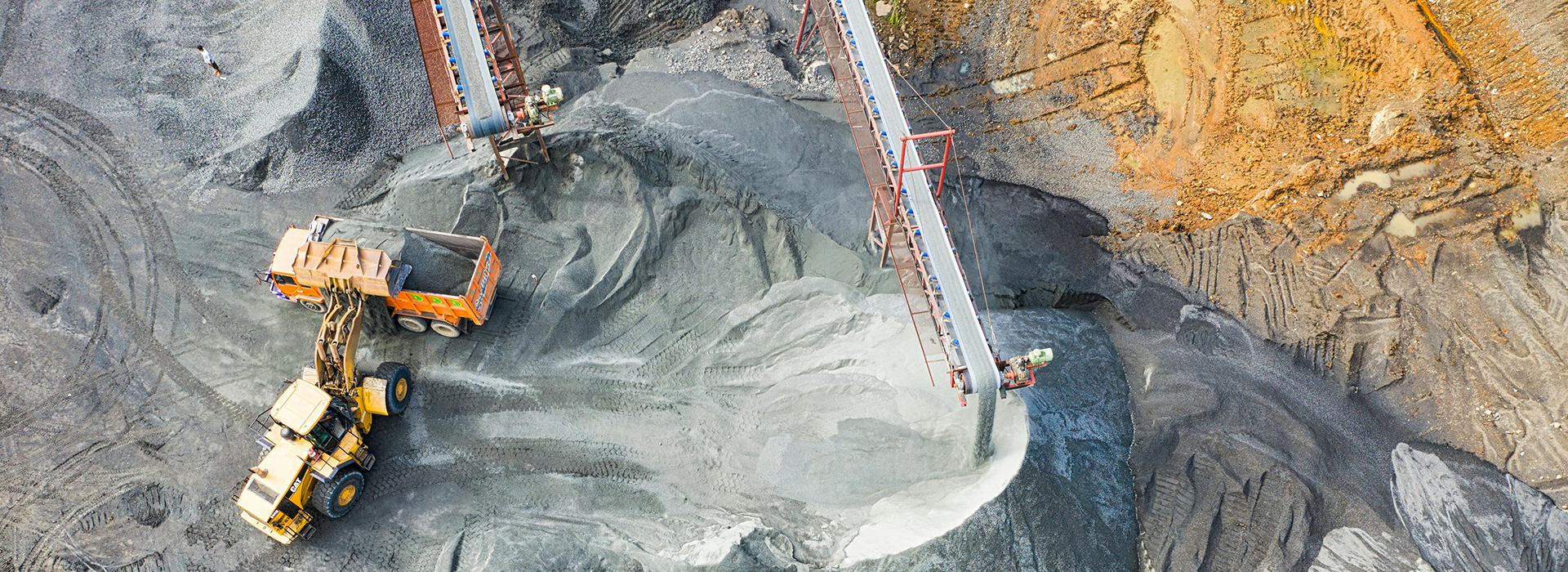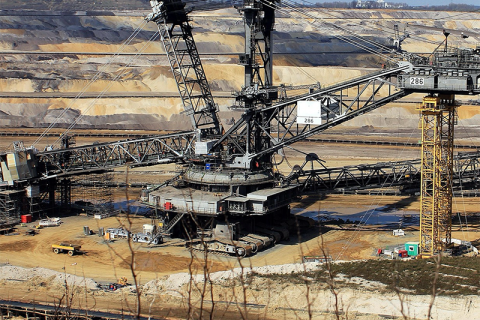
- Home
- >
News
Heavy-duty nylon conveyor belts are widely used in mining, metallurgy, chemicals, power generation, ports, and other heavy industries, playing a crucial role in the transportation of bulk cargo. This article will provide a detailed analysis of the operating speed, conveying angle, capacity, and lifting efficiency of heavy-duty nylon conveyor belts, and provide optimization solutions to help companies improve production efficiency and reduce operating costs.
Reality: Conveyor belts are used in heavy industrial environments such as mines, steel mills, and coal yards, transporting heavy materials in harsh environments. Recommendation: Choose a high-strength, thicker, multi-layer nylon conveyor belt (such as a 3-ply or 5-ply structure). This type of belt can effectively withstand heavy loads and has strong tensile strength and impact resistance. It is also recommended to choose a belt with a more wear- and tear-resistant surface material to extend its service life.
There are many factors that influence belt conveyor speed. The speed depends on factors such as size, weight, cost, and performance. Given the same conveying distance and capacity, a smaller belt width results in a lower-priced Nylon Conveyor Belt. Increasing the belt width also increases costs. Therefore, when selecting conveyor belt speed, multiple factors should be considered. Let's discuss the characteristics of the material being conveyed, the layout and discharge method of the belt conveyor, and the conveying capacity and Nylon Conveyor Belt width.
Industrial nylon conveyor belts are critical equipment in automated production lines. Their speed and stability significantly impact overall efficiency. However, in actual use, slow conveyor belt speeds frequently occur, severely impacting production schedules and efficiency.
In industrial nylon conveyor belt systems, a belt cleaning system is a crucial component. A well-designed cleaning system ensures smooth conveyor belt operation, reduces impurities, and minimizes scratches caused by residual material or impurities.
In the transportation link of industrial production, the stable operation of nylon conveyor belt will directly affect production efficiency. However, slippage, as one of the common failures of nylon conveyor belt, often leads to equipment downtime, material loss and other losses. This article will continue to explain to you the remaining four causes and solutions that caused the nylon conveyor belt to slip.
Slippage is one of the common faults of belt conveyors. Once a slippage failure occurs, it can easily cause material to fall, blockage of the feed pipe, wear of the conveyor belt, and broken belt, resulting in the belt conveyor unable to operate normally. We will use two articles to analyze the 7 major causes of nylon conveyor belt slippage and solutions for you.
Nylon conveyor belt is a conveyor belt that uses nylon canvas as a strong layer or core layer and is widely used in industrial production. Nylon conveyor belt has the characteristics of high strength, high elasticity, and impact resistance. It is especially suitable for medium and long-distance transportation scenarios that require medium to large tension, impact loads, and good groove formation. It is widely used in mines, ports, building materials, electric power and other industries, and is loved by customers.
Nylon conveyor belt has the characteristics of thin belt body, high strength and impact resistance. Nylon conveyor belt has good groove formation, high inter-layer adhesion, excellent flexion, and long service life. It is suitable for material transportation in medium and long-distance, high-load and high-speed working environments. It is widely used in mines, coalfields, chemical industry, metallurgy, construction, ports and other departments. Nylon conveyor belt deviation has always been a very annoying problem for customers. This article allows us to understand how to solve the deviation problem.
In today's industrial field, heavy duty nylon conveyor belt has become the core conveying equipment in mining, coal yard, chemical industry, metallurgy, construction and port industries with its excellent strength, wear resistance and corrosion resistance. Its innovative design and material characteristics provide reliable solutions for material transportation in high load and complex environments.
Heavy-duty nylon conveyor belts, also known as transport belts, are the core components of belt conveyor systems. Such products are made by the composite process of rubber, fiber, and metal, and have the dual functions of carrying materials and conveying operations. As a key component of belt conveyors, heavy duty nylon conveyor belts are widely used in mines, coalfields, chemical industry, metallurgy, construction, ports and other departments, and can efficiently transport solid bulk, powder-like materials or finished items. The heavy-duty conveyor belt is easy to use, easy to maintain, low freight, and can shorten the transportation distance and reduce the project cost.
Heavy duty nylon conveyor belt is usually made of multi-layer high-strength nylon canvas as a belt core and refined by a special process.In mines, coal yards, ports, construction and other departments, conveyor belt is loved by customers for its high strength, wear resistance, impact resistance and other characteristics.












